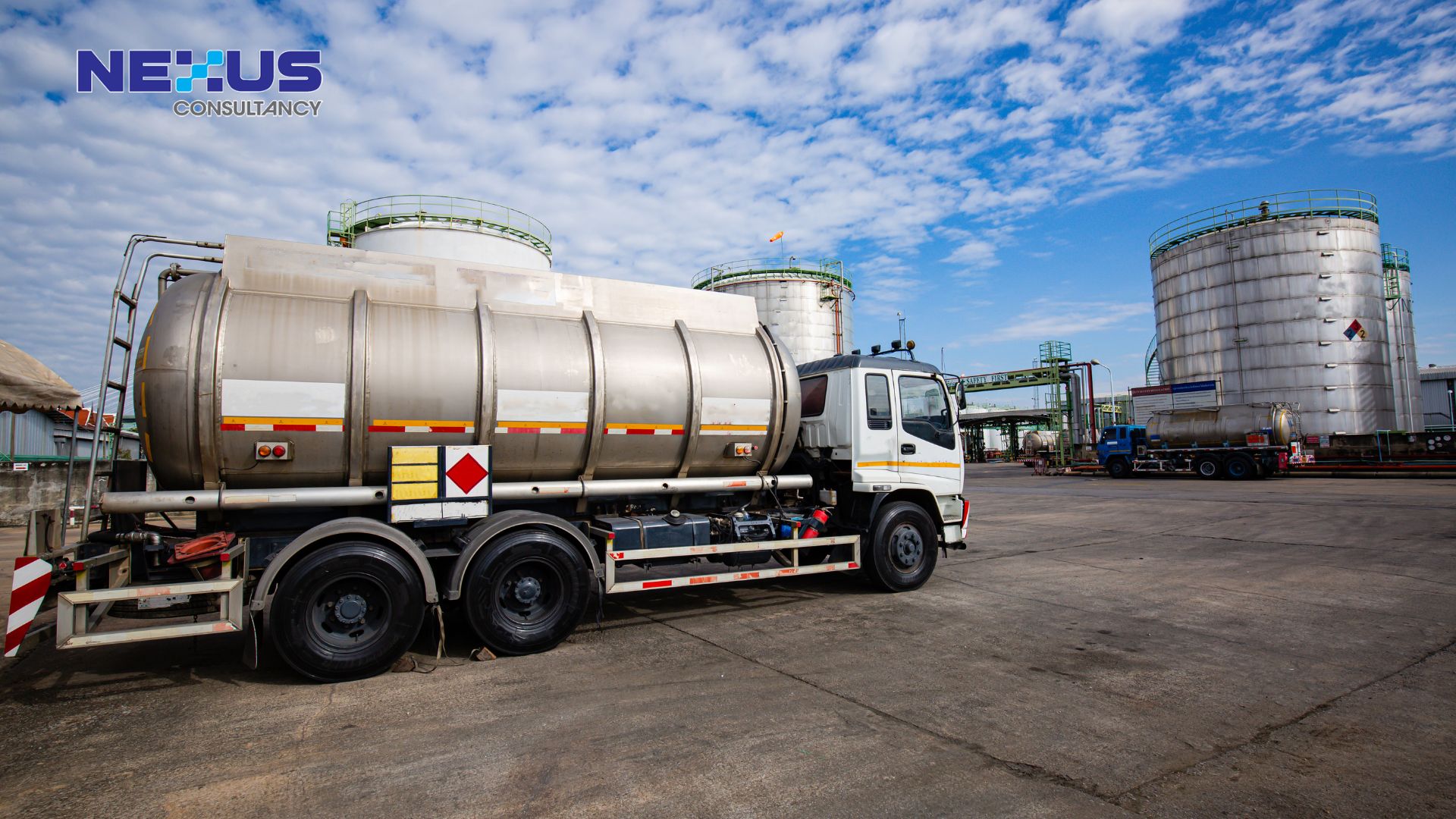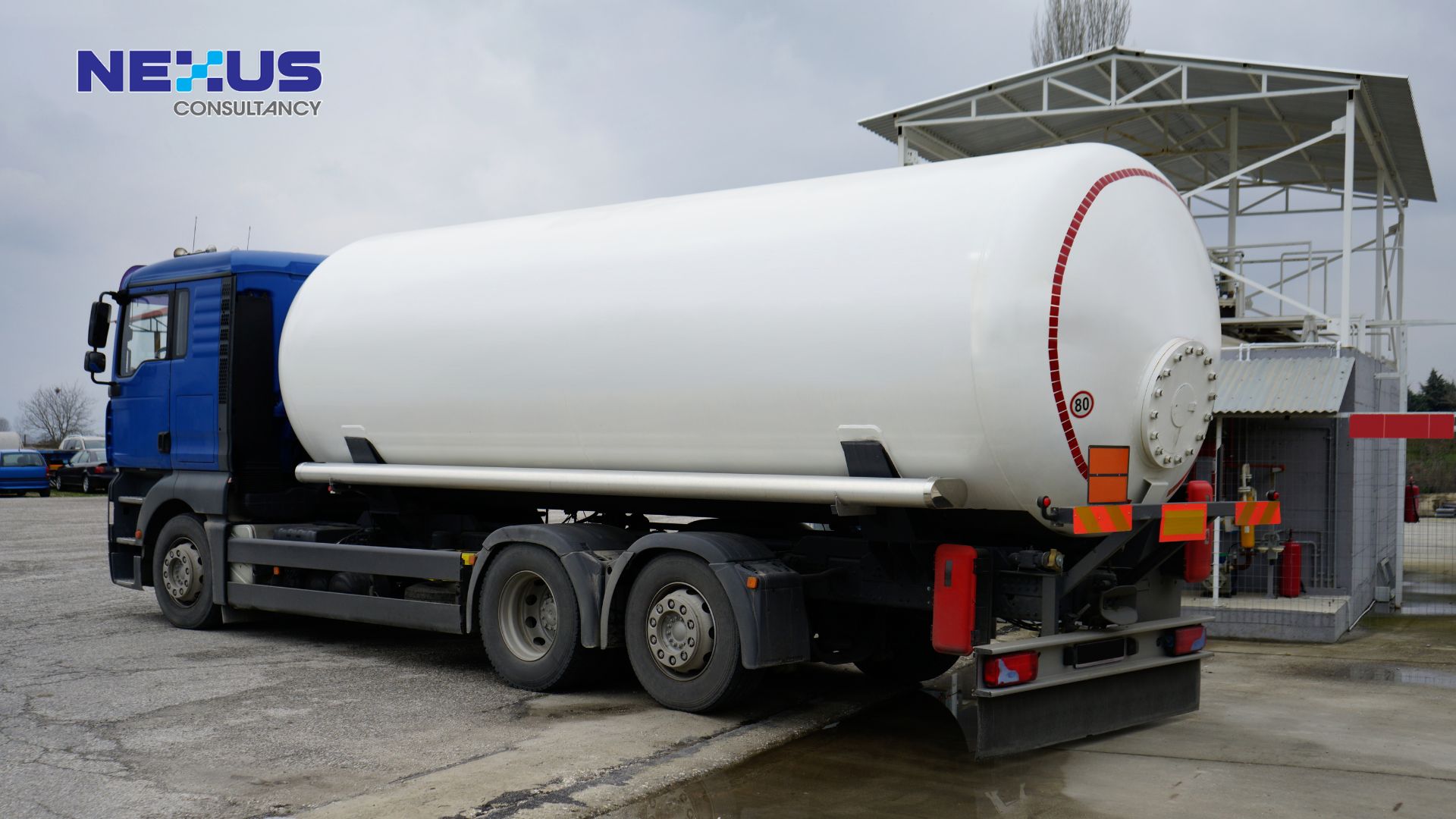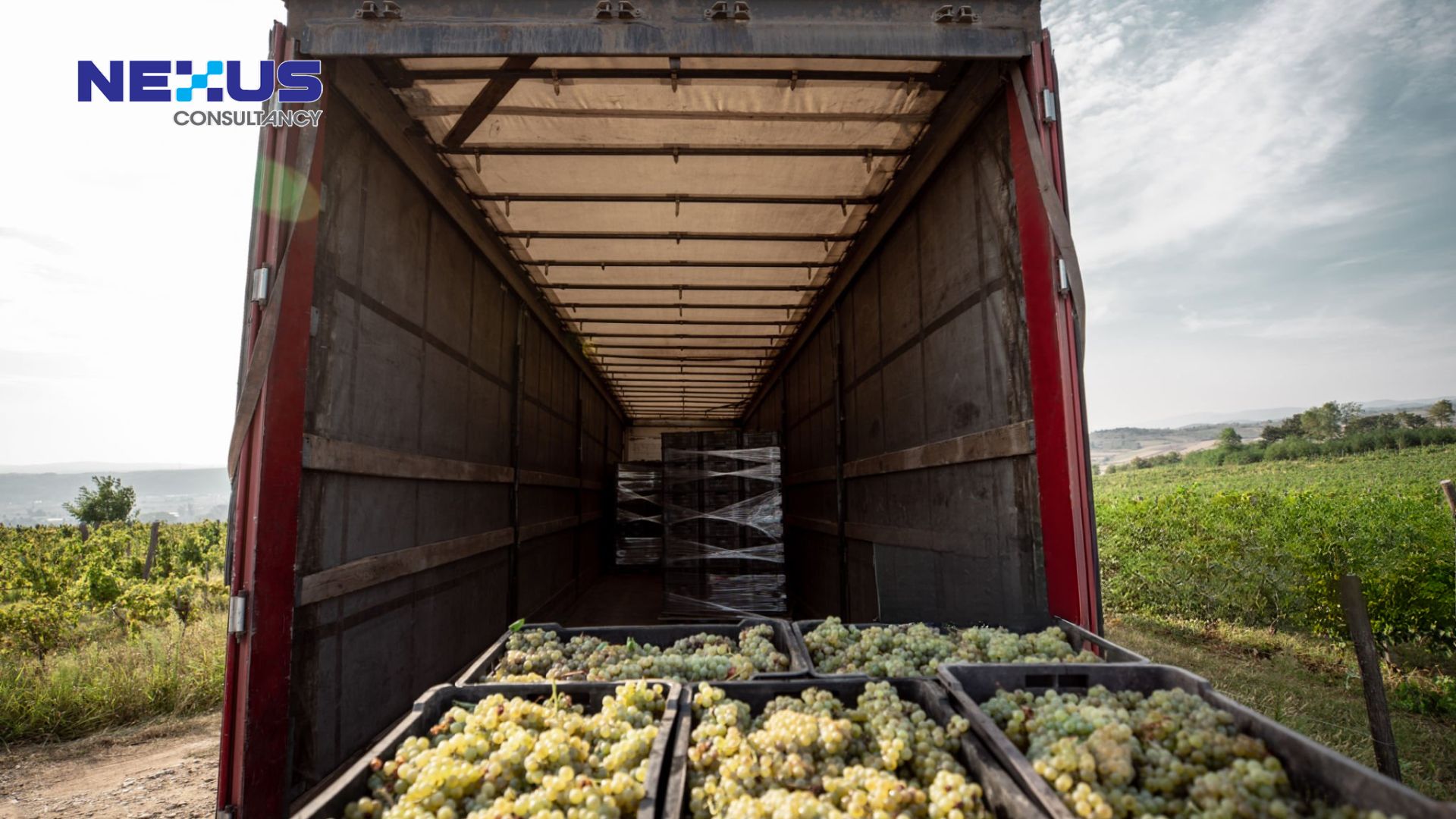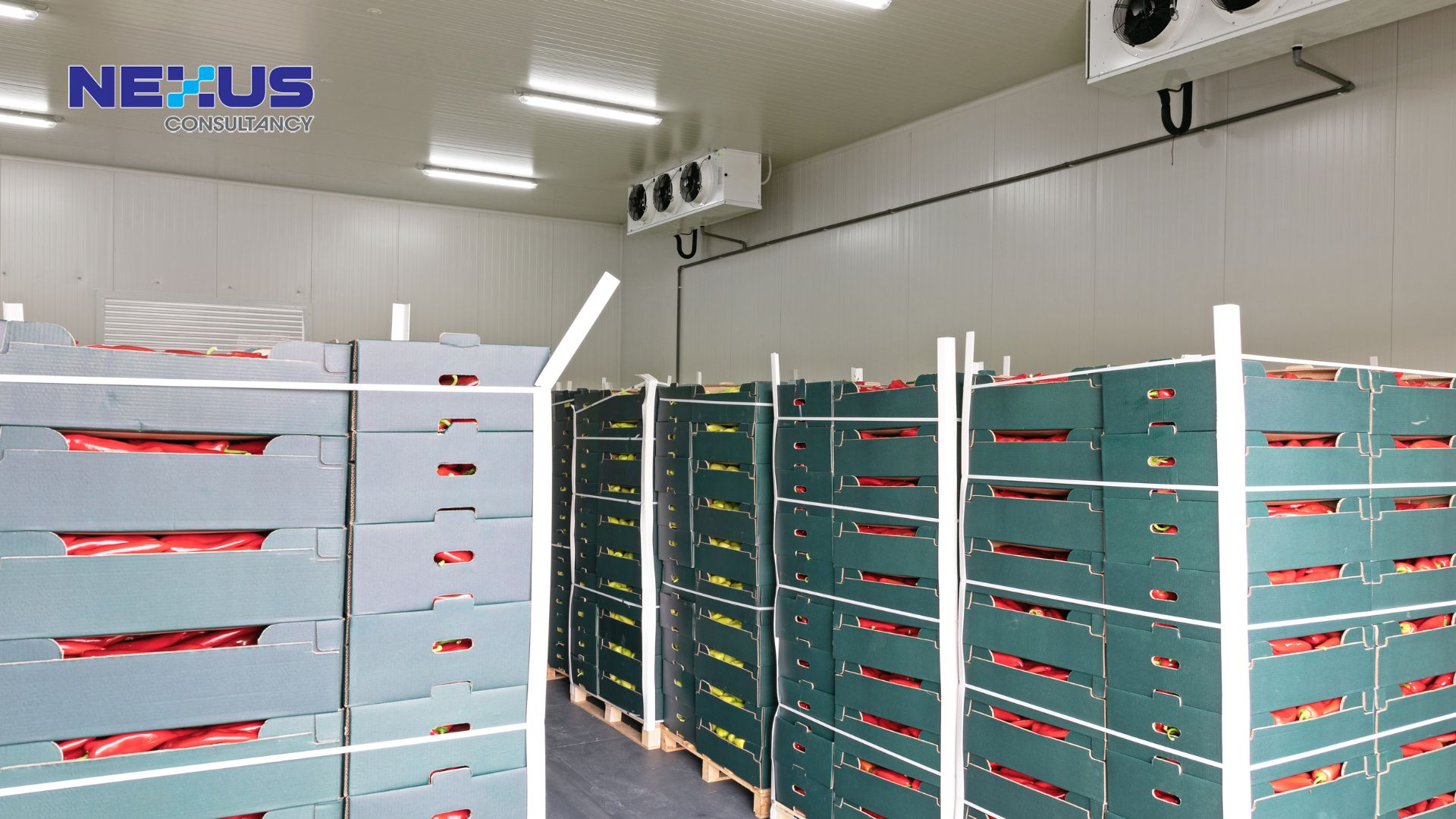
Danielle Tan
Chief Operating Officer
Ensure food safety compliance by effectively managing supplier agreements for transport tank cleaning. Discover best practices, regulatory guidelines, and essential strategies to maintain hygiene standards, mitigate risks, and protect your brand reputation in the food supply chain.

In the food industry, maintaining a strict standard of cleanliness in transport tanks is essential to prevent contamination and ensure food safety. Transport tanks, which often carry liquid or semi-liquid food products, must be meticulously cleaned to avoid any residual contaminants that could harm consumers or compromise product quality. For many food manufacturers, this cleaning process is handled by third-party service providers, making effective supplier agreements vital for maintaining food safety standards.
Managing supplier agreements for transport tank cleaning requires more than just a contract; it demands an understanding of the cleaning process, adherence to international food safety standards, and clear communication between the food manufacturer and the cleaning service provider.
The Importance of Clean Transport Tanks in Food Safety
When food is transported in bulk, it comes into direct contact with the transport tank, which increases the risk of cross-contamination if cleaning standards are not rigorously maintained. Previous loads can leave behind residues, allergens, or harmful microorganisms that may endanger subsequent food products. This contamination risk is significant for liquid food items, which can easily pick up remnants from previous loads.
To address these risks, food manufacturers need cleaning service providers who understand and comply with food safety requirements. Supplier agreements outline the expectations, standards, and verification methods necessary to maintain hygiene in food transport. Given the importance of tank cleanliness in food safety, these agreements are an essential part of the supply chain that ensures products remain safe from production to delivery.
Key Elements of a Supplier Agreement for Transport Tank Cleaning
- Defining Cleaning Standards and Protocols
The foundation of a robust supplier agreement is a clear definition of the cleaning standards that the service provider must meet. These standards should align with international food safety guidelines, such as ISO 22000:2018 and ISO/TS 22002-5:2019, which outline requirements for preventing contamination in food transport. The agreement should specify the cleaning methods, materials, and protocols that the service provider must follow.
For instance, the agreement might detail requirements for Cleaning-in-Place (CIP) or Cleaning-out-of-Place (COP) procedures, depending on the type of food products transported. Additionally, cleaning agents used should be food-grade, non-toxic, and free of any chemicals that could potentially contaminate food products.
- Validating and Verifying Cleaning Processes
A key component of managing food safety in tank cleaning is ensuring that cleaning processes are validated and verified. Cleaning validation involves testing the cleaning methods to confirm they are effective in removing contaminants. This validation often includes microbiological testing, particularly if tanks carry high-risk products like dairy or juices that are prone to bacterial growth.
Verification is the ongoing process of confirming that these validated methods are consistently applied. Supplier agreements should specify the documentation required for each cleaning, such as cleaning certificates, microbiological test results, and records of cleaning procedures used. This documentation must be traceable to the specific tank, providing a clear history of cleaning activities.
- Risk Management and Hazard Control
Effective supplier agreements must include a risk-based plan for transport tank cleaning. This plan identifies potential hazards, such as allergen cross-contact, chemical residues, or microbial contamination, and establishes control measures to address them. The agreement should stipulate how these risks are managed, ensuring that the cleaning provider is equipped to prevent contamination based on the types of food transported.
For example, if a tank previously carried an allergenic substance, the cleaning service provider should implement extra cleaning measures to prevent traces from remaining. This approach aligns with the ISO 22000:2018 standard’s requirement for risk-based hazard control, which is essential for keeping food safe during transportation.
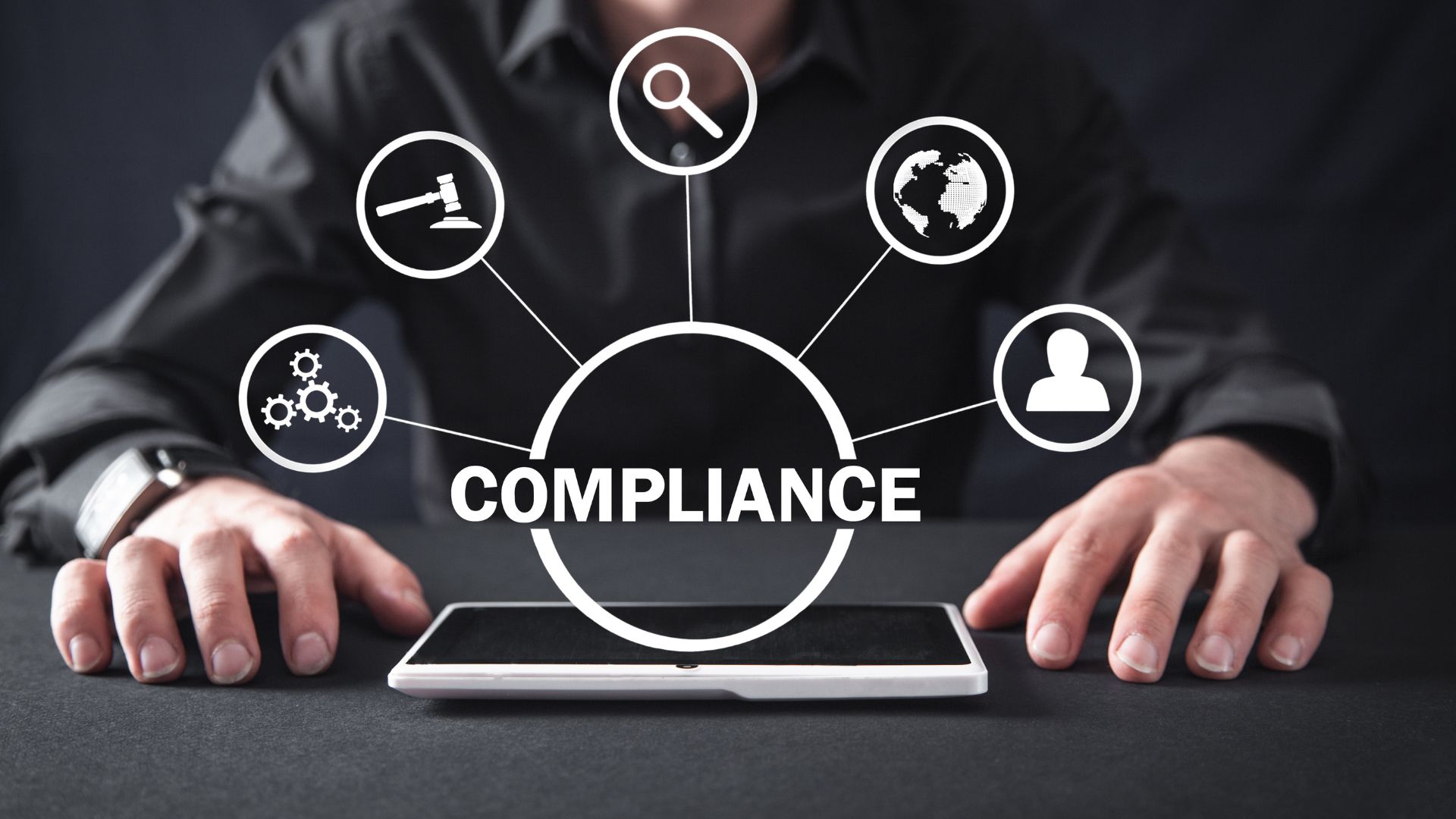
4. Supplier Performance and Compliance Monitoring
Regular monitoring of supplier performance is essential to ensure compliance with food safety standards. Supplier agreements should include clauses for regular audits, either by the food manufacturer or a third-party auditor. These audits evaluate whether the cleaning provider meets the agreed-upon standards and maintains the necessary documentation for each cleaning.
In addition, service providers should have a quality assurance system in place that allows them to regularly evaluate and improve their cleaning protocols. The agreement can also establish a system for reporting non-compliance issues, which provides the manufacturer with information to make decisions about whether to continue working with a particular cleaning service provider.
5. Documenting Prior Loads and Cleaning Verification
For thorough risk management, it is critical that supplier agreements include clauses requiring documentation of prior loads. This practice is essential for maintaining traceability and ensuring that food safety risks are managed based on the types of substances previously carried in the transport tanks. Knowledge of prior loads allows the cleaning service provider to adapt cleaning protocols if a tank carried a high-risk product, such as an allergen or a product prone to microbial growth.
The agreement should also specify that evidence of cleaning verification is provided, such as a checklist or a cleaning certificate. This verification ensures that cleaning has been conducted according to the agreed protocols before loading new food products.
6. Handling of Nonconformities
Non-conformities, such as incomplete cleaning or failure to meet established standards, can present significant food safety risks. Supplier agreements should include procedures for identifying, documenting, and addressing non-conformities. This might involve detailing corrective actions that the cleaning provider must take, such as re-cleaning the tank, conducting additional verification tests, or implementing new cleaning measures to prevent recurrence.
A structured approach to handling non-conformities helps both the food manufacturer and the cleaning provider mitigate risks, ultimately safeguarding food quality. Moreover, it builds accountability and fosters a culture of continuous improvement.
Maintaining Strong Supplier Relationships for Food Safety
The foundation of effective supplier agreements is a strong partnership between the food manufacturer and the cleaning service provider. Food manufacturers should actively communicate their expectations and provide training when necessary to ensure cleaning providers understand food safety requirements. Maintaining an open dialogue helps foster trust and ensures that service providers are committed to upholding food safety standards.
To maintain high standards over time, manufacturers should periodically review and update supplier agreements to reflect any changes in food safety regulations or operational requirements. Building a strong, transparent relationship with cleaning service providers is crucial to maintaining food safety in bulk transport.
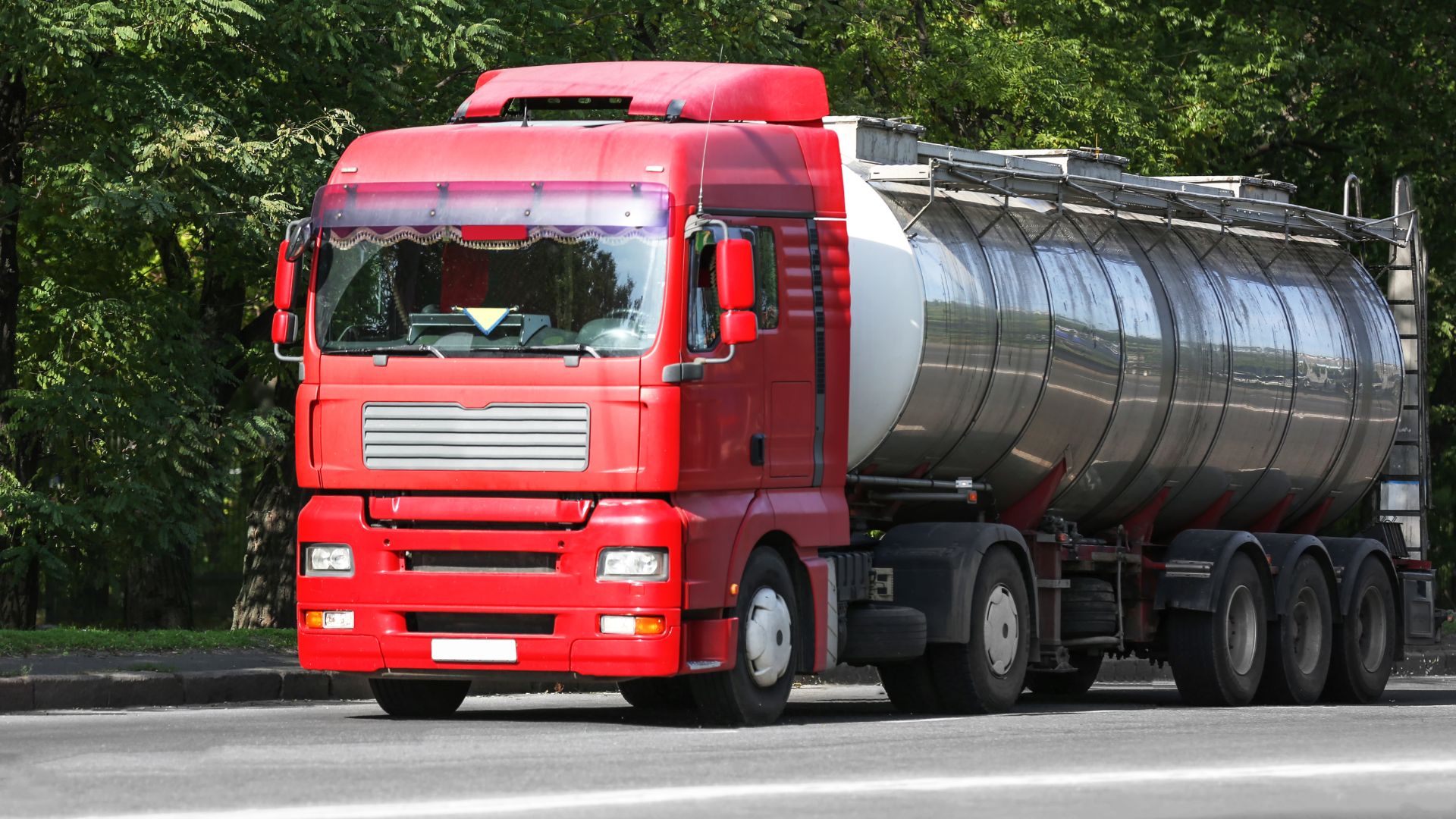
Conclusion
In the food industry, managing supplier agreements for transport tank cleaning is a critical step toward ensuring food safety in bulk transport. A well-defined supplier agreement sets clear expectations for cleaning standards, validates and verifies cleaning processes, and addresses potential risks to prevent contamination. By closely monitoring supplier performance and maintaining open communication, food manufacturers can safeguard their products from contamination risks, build trust with their cleaning service providers, and ensure compliance with global food safety standards.
By focusing on these essential elements, food manufacturers not only protect consumers but also strengthen their reputation in an industry where safety and quality are non-negotiable.
Reference:
- Food Safety System Certification 22000 Guidance Document: Transport Tank Cleaning.
- ISO 22000:2018 Food Safety Management Systems- Requirements for Any Organization in the Food Chain.
- ISO 22005-1:2019 Prerequisite Programs on Food Safety Part 5: Transport and Storage.
Curious to learn how your organization can ensure Food Safety in Transport Tank Cleaning? Get in touch with us now for more information.
